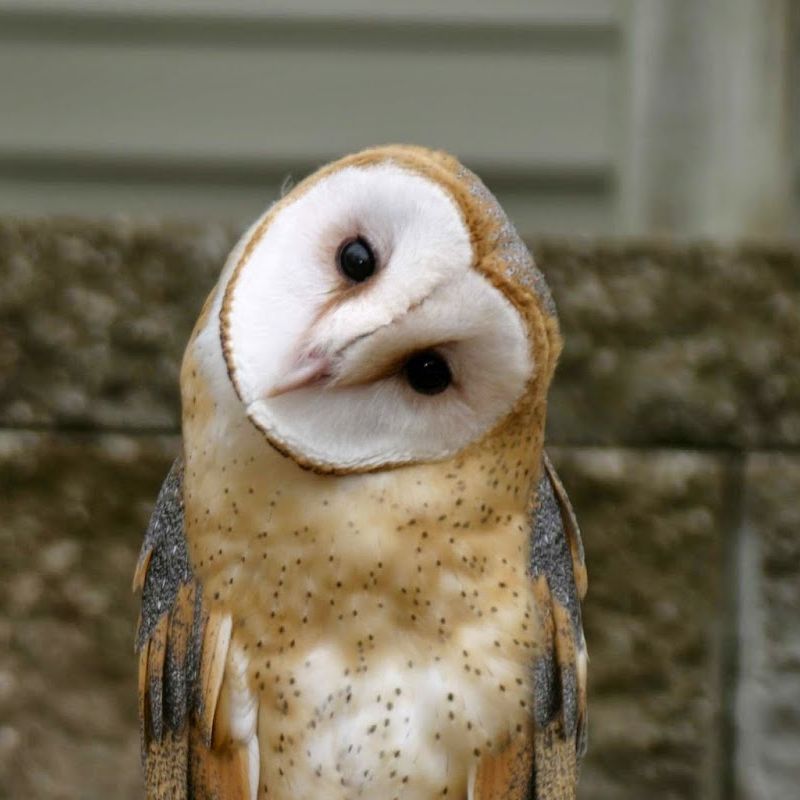The Mystique and Conservation of Nigeria’s “Egungun-Eja” – The Barn Owl
Nigeria, a land of diverse cultures and rich biodiversity, is home to a captivating nocturnal bird known as the Barn Owl, locally referred to as “Egungun-Eja.” This remarkable creature, adorned with its heart-shaped face and a striking blend of white, golden, and grey feathers, is a ubiquitous presence across the nation. Thriving in diverse ecosystems, these owls find refuge in abandoned buildings, old barns, and open woodlands, making them an intriguing and easily recognizable species.

The Barn Owl’s Role in the Ecosystem:
One of the most remarkable facets of the Barn Owl’s existence is its significant contribution to the ecosystem. These owls are essential in controlling rodent populations in Nigeria. Equipped with razor-sharp talons and exceptional hearing, they navigate the night sky with stealth and precision, descending silently to capture small mammals like rats and mice. In this way, they play a vital role in maintaining the delicate balance of nature within their habitat. Their silent, efficient hunting ensures that crop damage and disease spread by these rodents are kept in check, thus making them a true ally for Nigerian farmers.
Cultural Significance and Beliefs:
The Barn Owl holds a distinctive place in the beliefs and traditions of some Nigerian cultures. For some, the sight of this bird is considered a harbinger of good fortune, a symbol of blessings and prosperity. In contrast, others view the Barn Owl as an omen, often associated with witchcraft and dark magic. These differing beliefs have created an aura of mystique around this enigmatic creature, rendering it both revered and feared in various communities across Nigeria.
Challenges to Barn Owl Population:
However, the future of the Barn Owl population in Nigeria faces a series of formidable challenges. Urbanization and deforestation have led to significant habitat loss, leaving these birds with fewer places to nest and hunt. Furthermore, the widespread use of harmful pesticides in agriculture poses a grave threat to their survival. The toxic substances ingested by the rodents can subsequently harm these owls when they prey on the contaminated rodents. These issues collectively contribute to a precarious situation for the Barn Owl.
Conservation Efforts:
Thankfully, dedicated local conservation groups and passionate environmentalists are taking action to address these challenges. Their efforts aim to raise awareness about the importance of preserving the natural habitats of these majestic birds. Education programs have been initiated to dispel myths and misconceptions about the Barn Owl. These programs emphasize the positive impact of Barn Owls on the environment, emphasizing the need to protect their habitats.
Through community engagement, research, and advocacy, these conservationists are working tirelessly to ensure the survival of the Barn Owl in Nigeria. By addressing habitat loss, reducing the use of harmful pesticides, and fostering a deeper understanding of the bird’s ecological importance, these efforts are crucial for maintaining the delicate balance of the Nigerian ecosystem.
Conclusion:
The Barn Owl, known as “Egungun-Eja” in Nigeria, is a mesmerizing creature with a rich tapestry of cultural beliefs surrounding it. Beyond its cultural significance, these owls serve as indispensable allies in nature, keeping rodent populations in check. Yet, their survival is at risk due to habitat loss and the dangers of harmful pesticides. The ongoing efforts of conservationists and environmentalists hold promise for the preservation of this magnificent species. As awareness grows, and as misconceptions are dispelled, Nigeria’s Barn Owls can continue to thrive, ensuring a harmonious coexistence between humans and the natural world.
